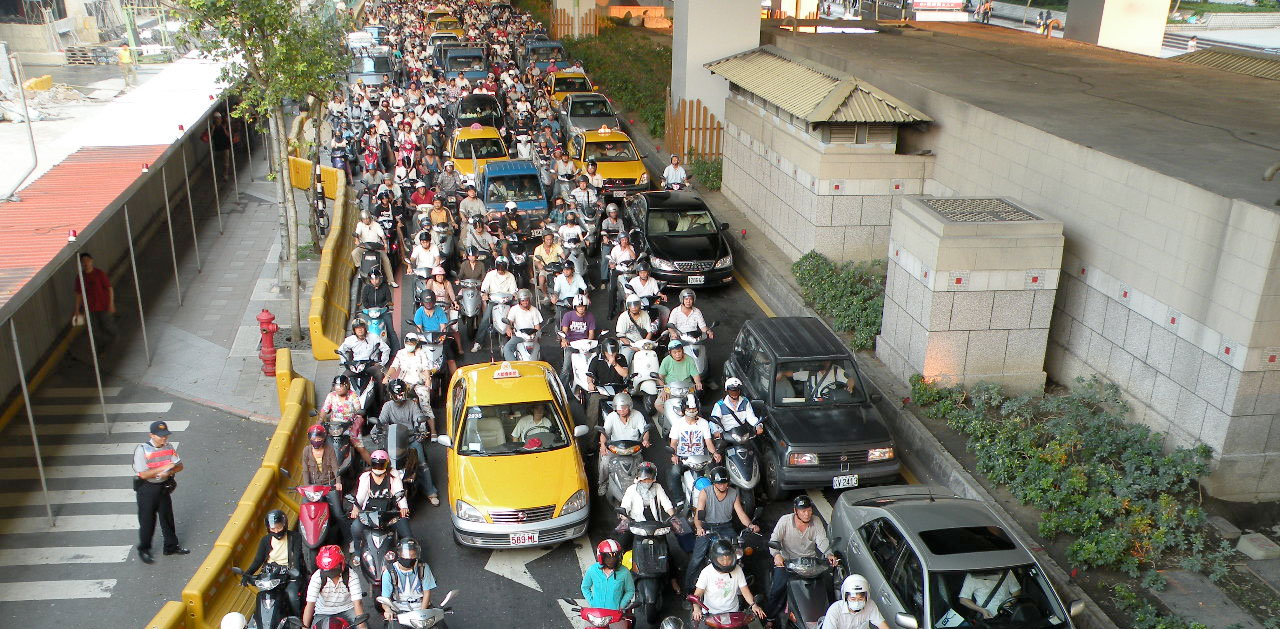It seems as if every other day you encounter a post warning advertisers and platforms alike about the occurrence of fraudulent traffic and the threat to ad budgets that it poses; a recent study released in January states that fraud alone will cost $7.2 billion in 2016. But how much of this fraudulent traffic is actually non-human, and how much of it is actually human, but of sub-optimal quality? There seems to be a focus on the threat of bot (non-human) traffic, but less emphasis is placed on the importance of specifically identifying low-quality traffic (LQT)– humans who are paid to carry out nefarious deeds such as mindlessly clicking on ads to drive up CPC and/or conversion rates.

What is Low Quality Traffic (LQT)?
Bots are great at mimicking human behavior, so identifying non-human traffic is already quite an impressive feat and something that we at zvelo do well.
However, there are nuances in examining traffic that signal us to the fact that it is human, but of low-quality, and we have coined the acronym LQT to identify such traffic.
At zvelo, we define LQT as:
Traffic possessing multiple characteristics that are highly suspicious but may not be directly indicative of bot-sourced traffic. These suspicious characteristics could be a combination of nonvisible viewports, unusual screen and window attributes, as well as lack of user interaction and engagement on the page.
Generally speaking, there are 2 primary drivers of the prevalence of low-quality traffic:
- Advertisers may want to try to one-up their competition by driving up the cost of their ad.
- Publishers may get people to click on ads on their own sites (either directly or indirectly through purchasing traffic from an outside source) in order to inflate the revenue for their ad inventory.
Other than just clicking, there are also users that are carrying out other illegitimate behaviors whom digital campaigns would wish to no longer target. A great example of this is on conversion campaigns where people get paid to fill out online forms, download product sheets, or to request price quotes, thus artificially boosting the conversion rates by feigning interest in the advertised products.
Most famously, within social media you see the low-quality traffic phenomenon prevalent in “paying for likes” – or followers, or tweets. (You can read about a recent study highlighting the rampant fraud happening on Facebook.)
Why should you care about Low Quality Traffic?
No site is totally immune from receiving bot traffic. A legitimate traffic source could be infected by a malicious attack and malware could have overtaken his/her device, generating bot traffic unbeknownst to the user. Once this user wises up and kills off the malware, they again become a legitimate traffic source. However, sites that consistently buy low-quality traffic, or those who don’t pay attention to the quality of traffic they are buying, typically do so only to drive up the revenue of their inventory. Sources that sell traffic to sites typically spin up tactics such as click-farms to carry out fraudulent behavior on site traffic. Identifying the sites that have a high volume of LQT (as well as identifying the LQT traffic sources themselves), and blocking ad buys on their inventory, is as important as blocking NHT when it comes to preventing wasted ad spend.
How big of a problem is it?
At zvelo, we have seen that LQT alone contributes to about 30% of daily campaign traffic. This figure is comparable to the 3 to 37% bot traffic percentage range that has been cited in various studies recently. Taking into account LQT separately, instead of combining its measurement with NHT, more than half of campaign’s impressions may be riddled with unwanted traffic.
What can you do?
At zvelo, we are seeing that more than half of all ad campaign traffic is generated by NHT and LQT combined. In order to determine if LQT and bot traffic is an issue for you, discover our Bot Detection Service dashboard to find out what percentage of your impressions are associated with NHT, LQT and Human Traffic.
If NHT is a problem for you: Gain insight into invalid traffic (NHT) classifications of web crawlers, traffic from known data centers, fake crawlers and malicious bots to use as a block list of IPs for invalid traffic with our Invalid Traffic (IVT) dataset.
But if LQT is eating up precious advertising dollars and you need to combat ad fraud, pinpoint non-human (bot) and low quality (such as click farms) traffic beyond the domain level – straight down the specific page level with our Comprehensive Page-level Traffic (CPT) dataset.





